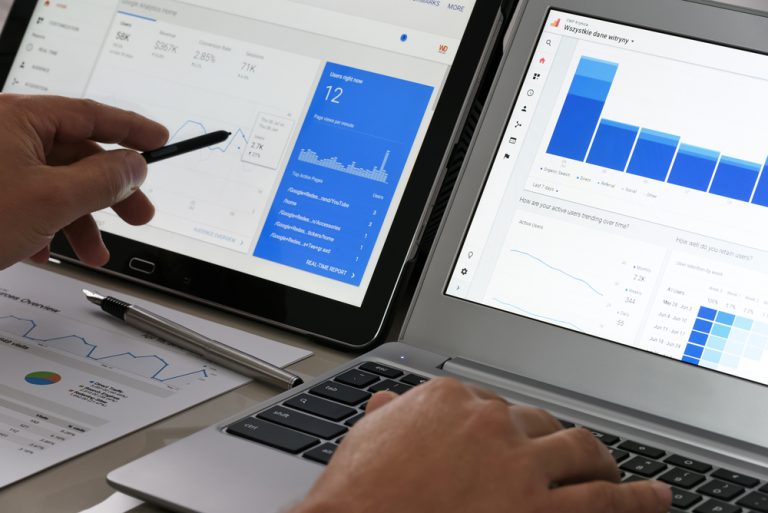Removing Uncertainty:
Do you understand multivariate testing, regression analysis and statistical significance? Career potential in data science is just about as bright as you can get. For big business, big data wets the pallet of opportunity for data based solutions and line-graph insights. Target, for example, once made a young woman’s father pretty angry after sending her coupons for maternity clothing and diapers. “She’s not even pregnant” he insisted. Well, turns out she most certainly was, and Target knew before he did. See, she’d already been shopping for some pregnancy predictive items and that flagged the Target marketing machine.
Consumers are predictable. They go about their spending lives mostly staying loyal to a thin slice of brands. There are few times in someone’s life when the comfort of brand-loyalty is upheaved. Pregnancy is one of those times. It’s a valuable time for marketers to get in front of expecting mothers because she’s a free agent! The man later apologized to Target, but not after illuminating the power of data science.
What about the small and medium sized business that don’t have a team of analysts? Where does a small team pick up the tools to start hammering away at Excel sheets and statistical packages? The answer: they don’t … yet.
Work Smarter:
Business at any level is about removing layers of uncertainty. In the book, How to Measure Anything: Finding the Value of Intangibles in Business, the author talks a lot about removing uncertainty not through standard deviations, variances or T-values, but by simple measurements and observations.
Have you had meetings where a team member suggested multivariate testing a website before the team knew how much traffic the website received? When it comes to the college search, work on personalizing your website based on location before worrying about meta-tags. The common cliche’s about starting simple all apply here. Has your team dismissed something as impossible to measure or that something abstract like customer service can’t be quantified?
To get your team thinking, here’s a great example from the book How to Measure Anything.
How would you measure all the fish in a lake?
To some teams, the question would be impossible. Or, the response would be: in order to do that, we need a budget of $1.4 million dollars to drain the lake, file permits through the EPA, hire scientists and do this over the course of the next three years.
Here’s one solution:
You head out in a boat with some fishing gear (and hopefully some friends that know their way around a fishing pole) and catch 1,000 fish. For each fish you catch, you tag them with a tracking ID. You wait a day, go back out and catch 1,000 more fish (again..recruit some local fishing legends for this experiment). How many of the second 1,000 fish were tagged from your previous 1,000. Ten? Twenty? One Hundred? If the answer is 100, you can estimate that 1,000 is roughly 10% of the total fish population, putting the total fish population at around 10,000 fish. Now, is the number perfect? No. But did you save a lot of time money and energy? Yes.
For businesses without someone that knows their way around SPSS or other statistics packages, thinking outside the box when it comes to measuring business questions is hugely important. Because for every company that says, “we can’t possibly measure that”, there’s a company out there bringing in fish. Slowly removing layer upon layer of uncertainty.






